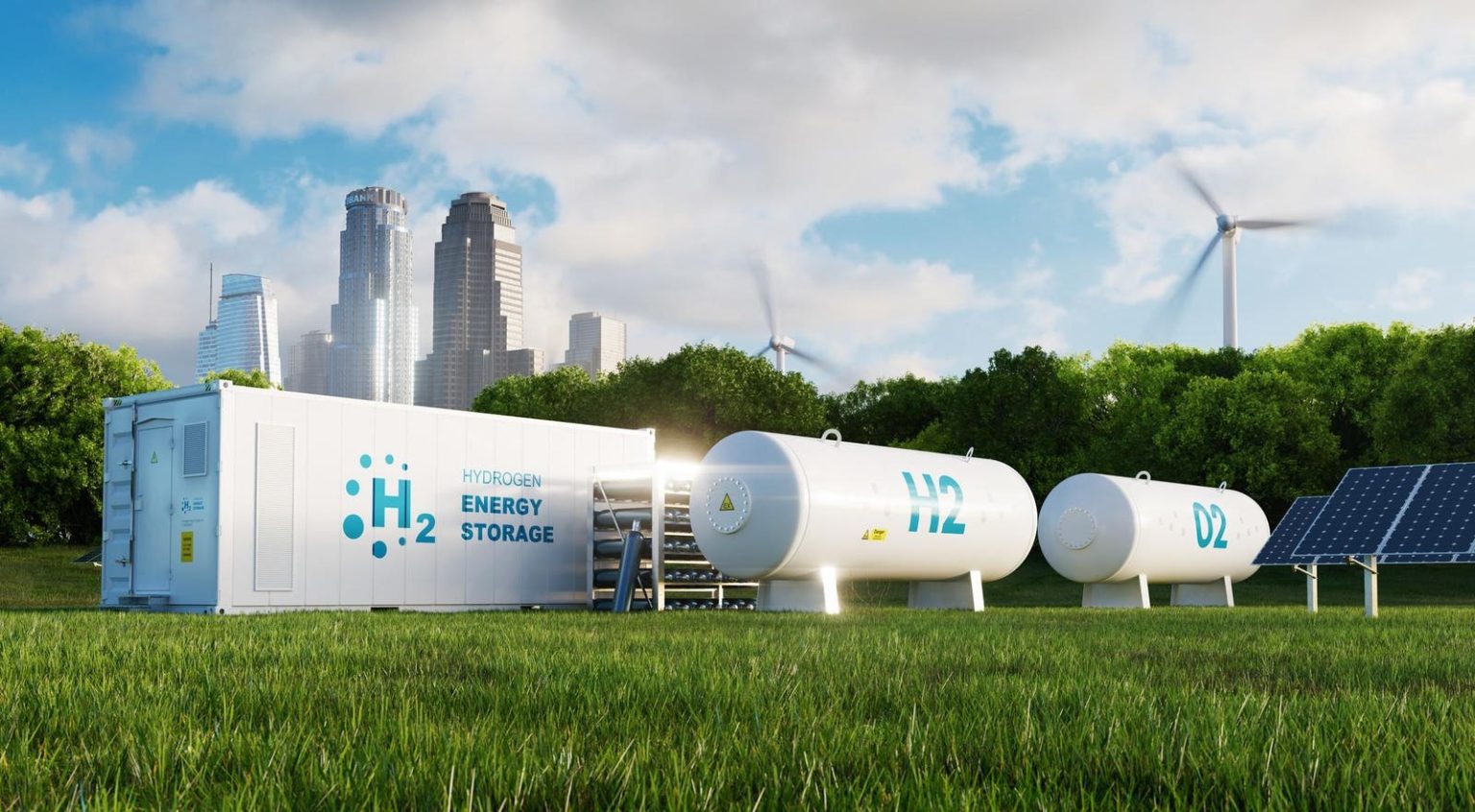The U.S. intends to turbocharge hydrogen as a tool to curb climate-warming emissions from industry and transportation — and create new jobs — by designating seven “hubs” across the country that will receive tens of billions of dollars of public and private funds to scale up production and use of the carbon-free fuel.
The seven regional hubs, covering 16 states, will share in $7 billion for federally approved projects set aside in the 2021 Bipartisan Infrastructure Law, according to senior Biden administration officials. Those funds will be amplified by about $43 billion in planned investments by companies that intend to develop hydrogen projects for refineries, ports, heavy-duty trucks and fertilizer production, making it one of the biggest investments in clean manufacturing in U.S. history, the officials said.
President Joe Biden and Energy Secretary Jennifer Granholm are to share additional details about the hubs at the Tioga Marine Terminal at the Port of Philadelphia on Friday. Eastern Pennsylvania is included in the Mid-Atlantic hydrogen hub, along with New Jersey and Delaware, while the western portion of the state is in the Appalachian hub that also covers West Virginia and eastern Ohio.
Hydrogen, the most abundant element in the universe, is already heavily used in numerous industries, including oil refining, chemical and fertilizer production and food processing. But in the U.S., nearly all of that hydrogen is “gray,” made by extracting it from natural gas using processes that generate carbon dioxide. The hubs are intended to shift hydrogen production to cleaner methods such as using electrolyzers, which pull it from water, ideally with renewable energy, to create a “green” version. Fossil fuel-based projects that verify they’re capturing byproduct carbon and keeping it out of the atmosphere will also be part of the new hubs, along with hydrogen made using nuclear energy.
Combined clean hydrogen production by the hubs is expected to top 3 million metric tons a year and could eliminate about 25 million metric tons of carbon pollution annually, according to the officials. That’s the equivalent of the annual carbon emissions of 5.5 million gasoline-powered vehicles.
Hubs in California, which already has hydrogen cars and trucks on the road, and Texas, which uses vast amounts of hydrogen at oil refineries, will each receive $1.2 billion, the biggest awards. Along with the Appalachian and Mid-Atlantic hubs, others are in the “Heartland” region spanning Minnesota and North and South Dakota; a Midwestern hub in Illinois, Indiana and Michigan; and a Pacific Northwest hub that includes Washington, Oregon and western Montana.
Tens of thousands of new jobs are expected to be created from the projects, which include constructing new pipelines to transport the fuel. The officials said about two-thirds of total project investments will be for electrolysis-based hydrogen production.
The combination of the regional hubs and a new tax credit for clean hydrogen expected by December will dramatically impact the industry, Amy Davis, president of Accelera, the cleantech unit of engine maker Cummins, told Forbes before the announcement.
Accelera is ramping up production of electrolyzers that should be in greater demand owing to the federal program and hydrogen fuel cells designed for heavy-duty applications, including big trucks and stationary power generation.
“What’s exciting about this is it enables the other side of our business, which is about creating fuel cell applications and providing fuel cell technologies into many of the (hydrogen) offtake applications that will eventually come to market,” Davis said. “The hub projects are going to enable the entire ecosystem that we think is going to be important in this whole energy transition.”
Read the full article here





